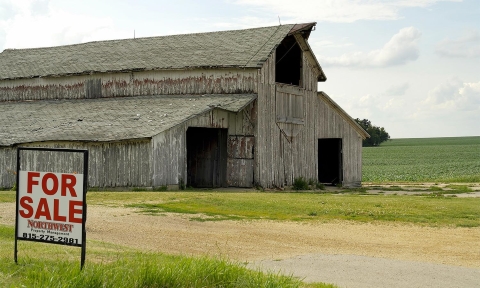The Search Begins


So it begins. We've started looking for the right place to work on our dream. I mean we've already started with the homesteading journey a long time ago. The first steps is knowing what you want. Then you start learning skills you might need. One of the first steps was becoming debt free. Then to start acquiring multiple streams of income (which is ongoing). Now it's time to start looking for the right property to do this adventure.
Looking for the right piece of property to homestead on involves careful consideration and research. Here are some steps to help you in your search:
Define Your Homesteading Goals: Start by clarifying what you want to achieve with your homestead. Consider factors such as self-sufficiency, farming, livestock, renewable energy, proximity to amenities, and community.
Determine Your Budget: Set a budget for your land purchase. Consider not only the cost of the property but also additional expenses like infrastructure development, utilities, and any renovations or constructions you plan to undertake.
Research Zoning and Regulations: Familiarize yourself with local zoning laws, land-use regulations, and any specific homesteading or agricultural requirements in the area you're interested in. Ensure that the property allows for your intended use.
Location and Climate: Consider the geographical location and climate of the region. Assess factors like temperature, rainfall, frost dates, growing season, soil quality, and suitability for the crops or livestock you intend to raise.
Access to Basic Amenities: Evaluate the proximity of the property to basic amenities such as grocery stores, healthcare facilities, schools, and other services you may need. Also, consider the accessibility of roads and utilities like water, electricity, and internet.
Land Size and Features: Determine the size of land you require based on your goals and resources. Consider factors like topography, availability of water sources (e.g., rivers, lakes, wells), soil composition, and potential for sustainable practices like permaculture or renewable energy.
Environmental Considerations: Research any environmental factors that may impact the property, such as flood zones, fire risks, or other natural hazards specific to the region.
Engage with Local Communities: Join online forums, social media groups, or local homesteading associations to connect with like-minded individuals who can provide insights into the area you're interested in. Engaging with local communities can help you gather valuable information and experiences.
Engage Professionals: Seek assistance from real estate agents specializing in rural properties or land sales. They can help you find suitable properties and navigate legal processes involved in purchasing land.
Visit and Inspect Potential Properties: Once you have identified potential properties, visit them in person to assess their suitability. Walk the land, inspect the infrastructure, and evaluate its potential for your homesteading goals.
Consider Long-Term Sustainability: Think about the long-term sustainability of the property. Evaluate factors like water availability, soil fertility, and the potential for expansion or diversification of your homestead.
Remember, finding the right property for homesteading is a personal decision, and it may take time to find the perfect fit. Patience, thorough research, and careful evaluation will increase your chances of finding a property that aligns with your homesteading vision.
